info on iron chandelier
mimimill67
11 years ago
Related Stories
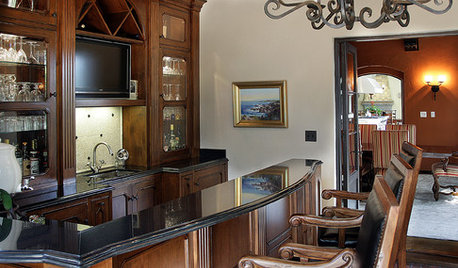
LIGHTINGWarm Up Your Home with Old-World Wrought Iron Lighting
Traditional chandeliers, pendants, orbs and lanterns glow with European Style
Full Story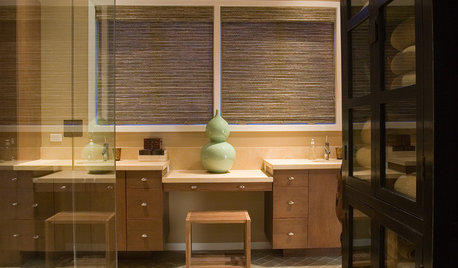
BATHROOM DESIGNChandeliers for the Bathroom
Treat Yourself the Fanciest of LIghts Where You Least Expect It
Full Story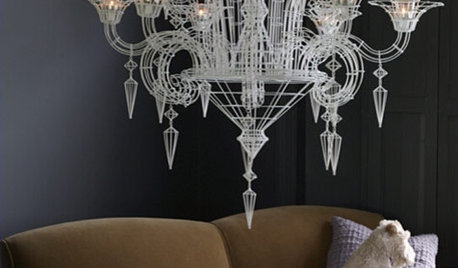
LIGHTING10 Chandeliers for People Who Don't Like Chandeliers
Get all the chandelier benefits without channeling Liberace, thanks to wood, paper, wire — and even a surprising old-fashioned staple
Full Story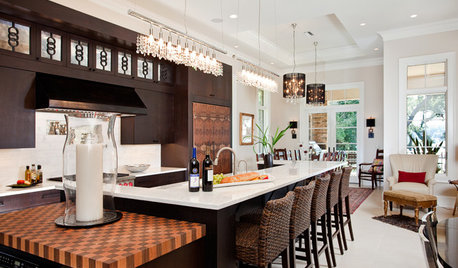
KITCHEN OF THE WEEKKitchen of the Week: Bling Brightens a Luxe Florida Kitchen
Sparkly chandeliers and decorative iron rings dress up a streamlined cooking space filled with ebony and ivory hues
Full Story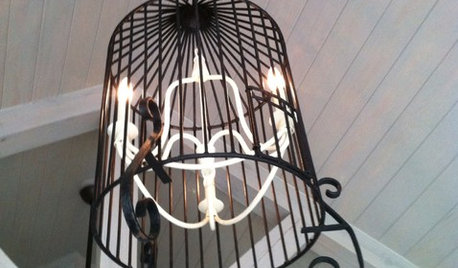
DIY PROJECTSReinvent It: Salvage a Birdcage for an Eclectic Chandelier
Turn a dusty antique into an enviably artistic light fixture that looks more expensive than it is
Full Story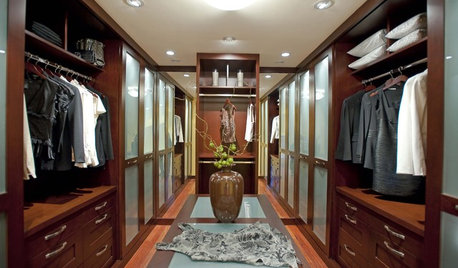
GREAT HOME PROJECTSTurn That Spare Room Into a Walk-in Closet
New project for a new year: Get the closet you’ve always wanted, starting with all the info here
Full Story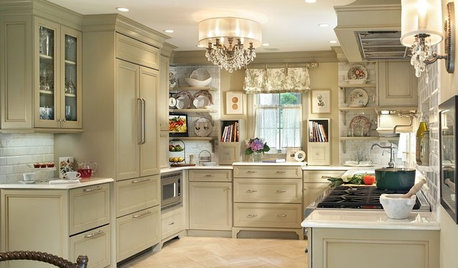
KITCHEN DESIGNExpert Talk: 10 Reasons to Hang a Chandelier in the Kitchen
Unexpected? Sure. Incongruent? Not at all. Professional designers explain why a chandelier can work in kitchens from traditional to modern
Full Story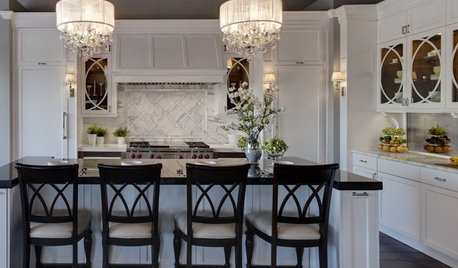
LIGHTINGLiberate Your Chandelier
Chandeliers are showing up in the most unexpected places. Where can you imagine one?
Full Story






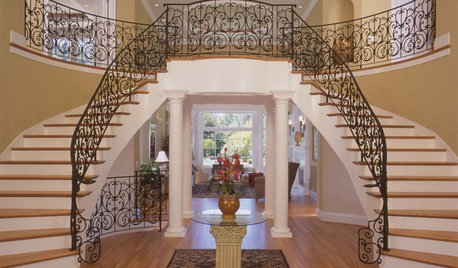
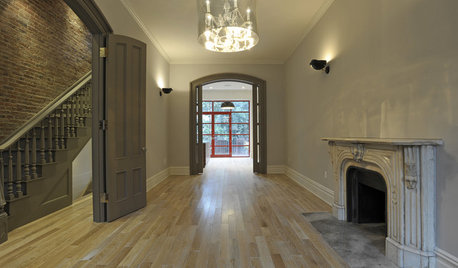

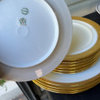



lazypup
chibimimi
Related Professionals
Framingham Furniture & Accessories · Racine Furniture & Accessories · Woodstock Furniture & Accessories · Kendall Furniture & Accessories · Des Moines Painters · Needham Painters · Pasadena Painters · Romulus Painters · Seekonk Painters · Augusta Furniture & Accessories · Duluth Furniture & Accessories · Glenview Furniture & Accessories · Golden Glades Furniture & Accessories · Baltimore Professional Organizers · Woodland Park Professional Organizerslindac
Fori
lazy_gardens
Wendy301
Iamal1xandra
lilylore
patty_cakes
jeff-1010